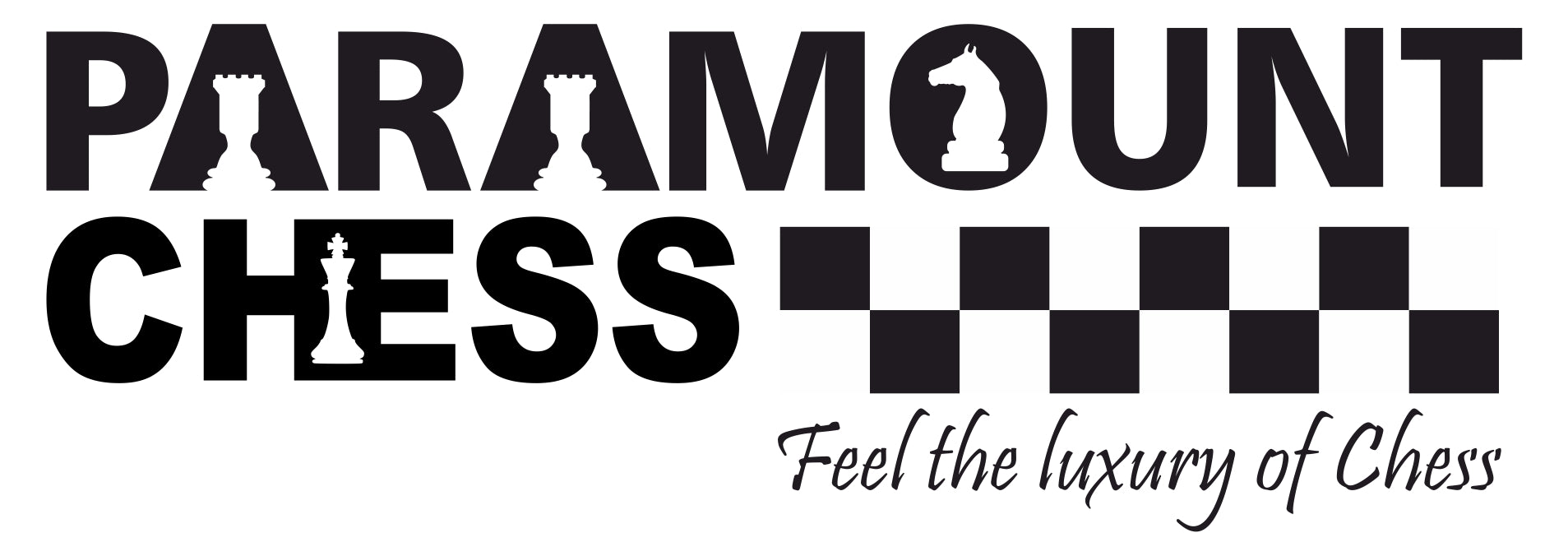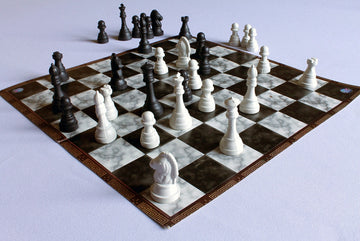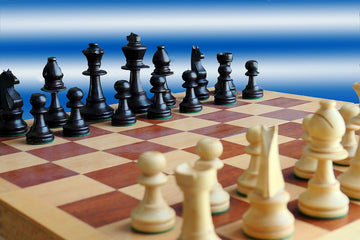
What is the first thing that comes to your mind when you hear the word Pin? If it is a sharp and thin object that can pierce things, you think like some of the greatest chess players! The Pin is one of the most essential tactics in the game of chess. It is widely used in many openings and employed by every player of the game. Let’s examine the pin in more detail.
What is a Pin?
A Pin is a tactic that arrests or restricts the movement of an opponent piece. It is a highly directional and precise attack that is used to weaken the opponents’ momentum. It is a common feature in most openings because, players are keen to establish control early on. Some of the best openings can come to a standstill with a pin.
Alright, now that we know what a pin is, let’s see how it works!
How does a Pin work?
Can you think of any situations where a piece would not be able to move due to some restrictions? Let us consider the case below:

Here white has given a check using its bishop. To block this check, black uses its knight. Now, if white does not move its bishop, black will not be able to move its knight. This is a classic example of a pin.
What are the types of Pins?
To explain all the types of pin in chess as conveniently as possible, we have classified them into five categories:
- Absolute Pin
- Relative Pin
- Cross Pin
- Partial Pin
- Situational Pin
Let us examine each of these in detail.
Absolute Pin
An absolute pin is one where the pinned piece is in the way of a check. This means that moving the pinned piece is illegal since it would result in a check. By far this is the most effective pin in the game. The first example above as well as the one below are examples of absolute pins.

Relative Pin
A relative pin is similar to an absolute pin except for one detail. The pinned piece is not in the way of a check, but of a very valuable piece such as the Queen. So, in case the player chooses to not do anything and ignore the pin, a very valuable piece may be captured and result in defeat. Obviously, the piece that is pinned should be of lower value than the piece it is guarding. But one important difference to note is that, no rules of the game are violated in this case. Thus, it is often overlooked by beginners. Below is an example of a relative pin.

Cross Pin
Imagine your opponent is so competitive and aggressive that they’ve used two pieces to pin one of yours. Yes! This is more common than you think. The piece that is guarded can either be the King or any other valuable piece such as the Queen. Basically, a cross pin is an absolute pin or a relative pin multiplied by two. Below is an example of a cross pin.

Partial Pin
A partial pin is one where the pinned piece is allowed to move along the same direction as the attacking piece. This sounds confusing but it can be easily explained using the example below.

In this case, you might think that the black Queen is pinned by the white rook through an absolute pin. You are correct, partially! While the Queen is pinned, it can still move about the attacking file without violating any rules of the game. There is a very clear strategy one can adopt to avoid a situation like this. Do not move your Queen ahead of your King without protection.
Situational Pin
This is also called, ‘hidden pin’ or ‘concealed pin’. It is evident why it is called so. This pin is not immediately visible to a player, but may be disastrous later on if ignored. This often has the worst consequences resulting in quick checkmates as shown below.

Here is an interesting question. Can you use the knight to pin a piece?
Unfortunately, as versatile as the knight is, it is not useful in situations involving a pin. In fact, it is almost the piece that is pinned. This is especially true for most openings in the game of chess.
Let us extrapolate this question further. What are all the pieces that can be used to pin another piece?
The right answer to this is, only three pieces are able to pin other ones. These are, the Queen, the Rook and the Bishop.
You may be wondering, if it is possible to prevent a Pin. Yes! Keep a vigilant pair of eyes on the board evaluating your opponents next moves and you will not be a victim of a pin in chess.
Another way of ensuring this is to have a sound opening. Check out our article on the most common openings in chess below.
Further Reading 1: https://www.suffernchessclub.com/chess-pin/
Further Reading 2: https://chessfox.com/pins/




